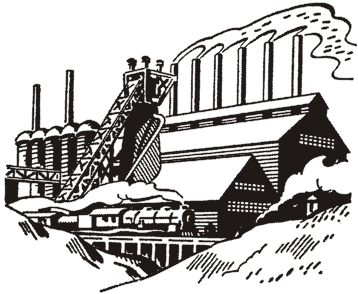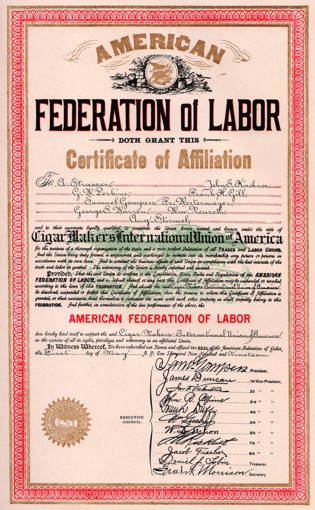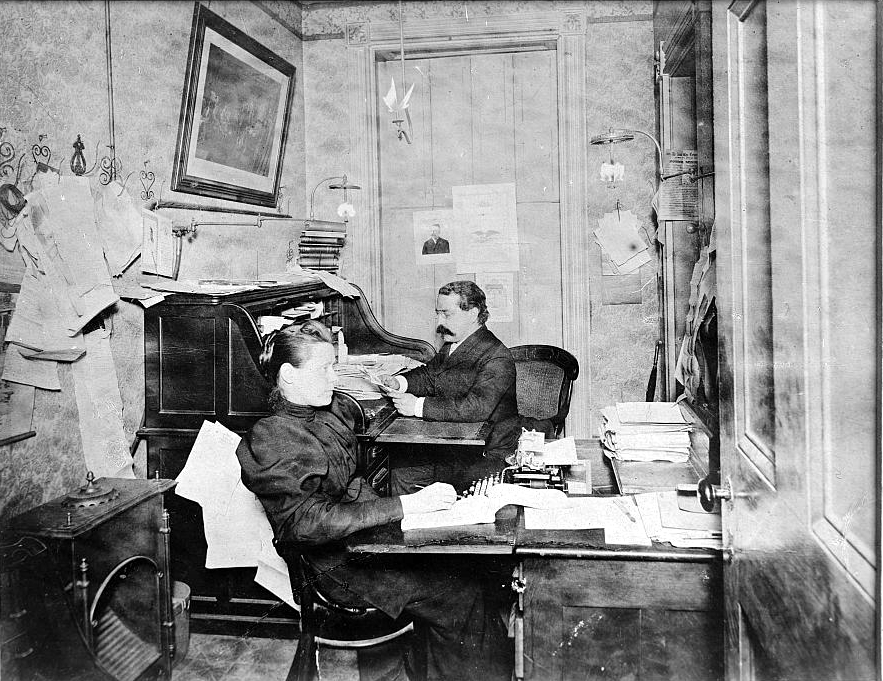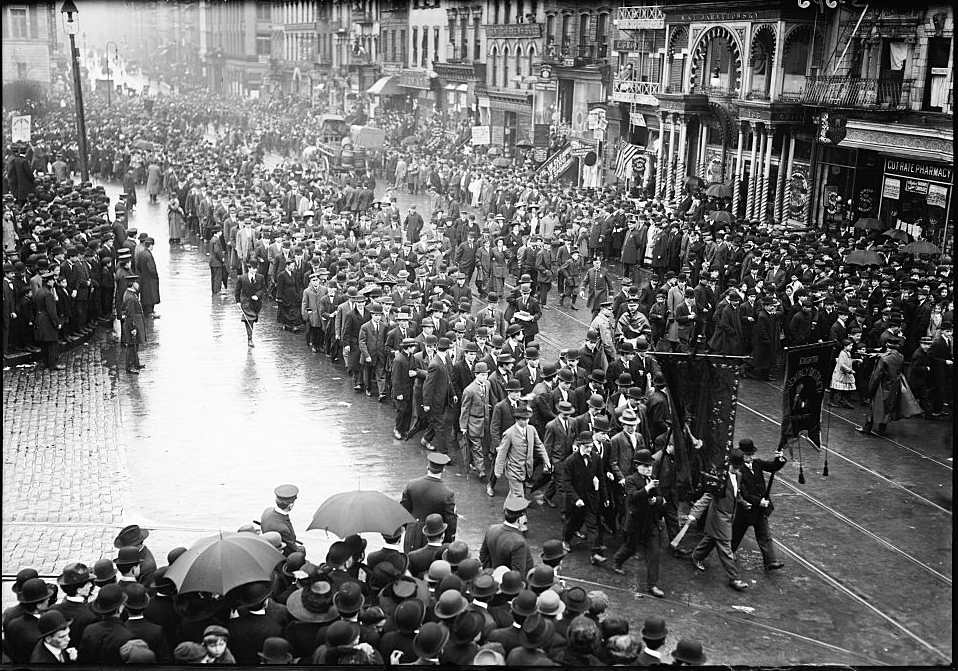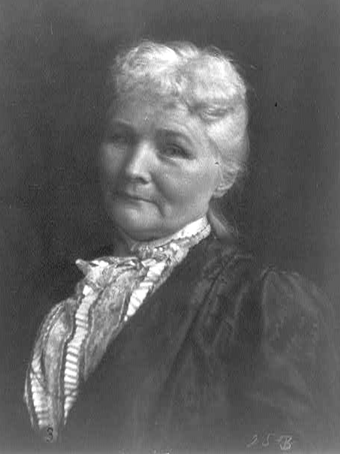|
What
are labor unions?
Labor unions are organizations of workers. They are also called unions or organized labor. Labor unions grew common as industry and big businesses expanded rapidly in the late 1880s and 1890s. Unions attempt to win higher pay, shorter work hours, and improved safety conditions for the union members. They hold talks with company managers every few years to reach a written agreement on pay rates for the workers and other matters. This agreement is called a union contract. Being a member of a union is often an advantage for workers. It gives workers a stronger voice than just asking individually for a raise or improvements in work conditions. |
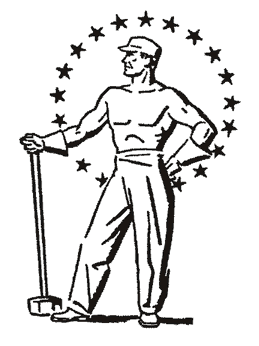 |
